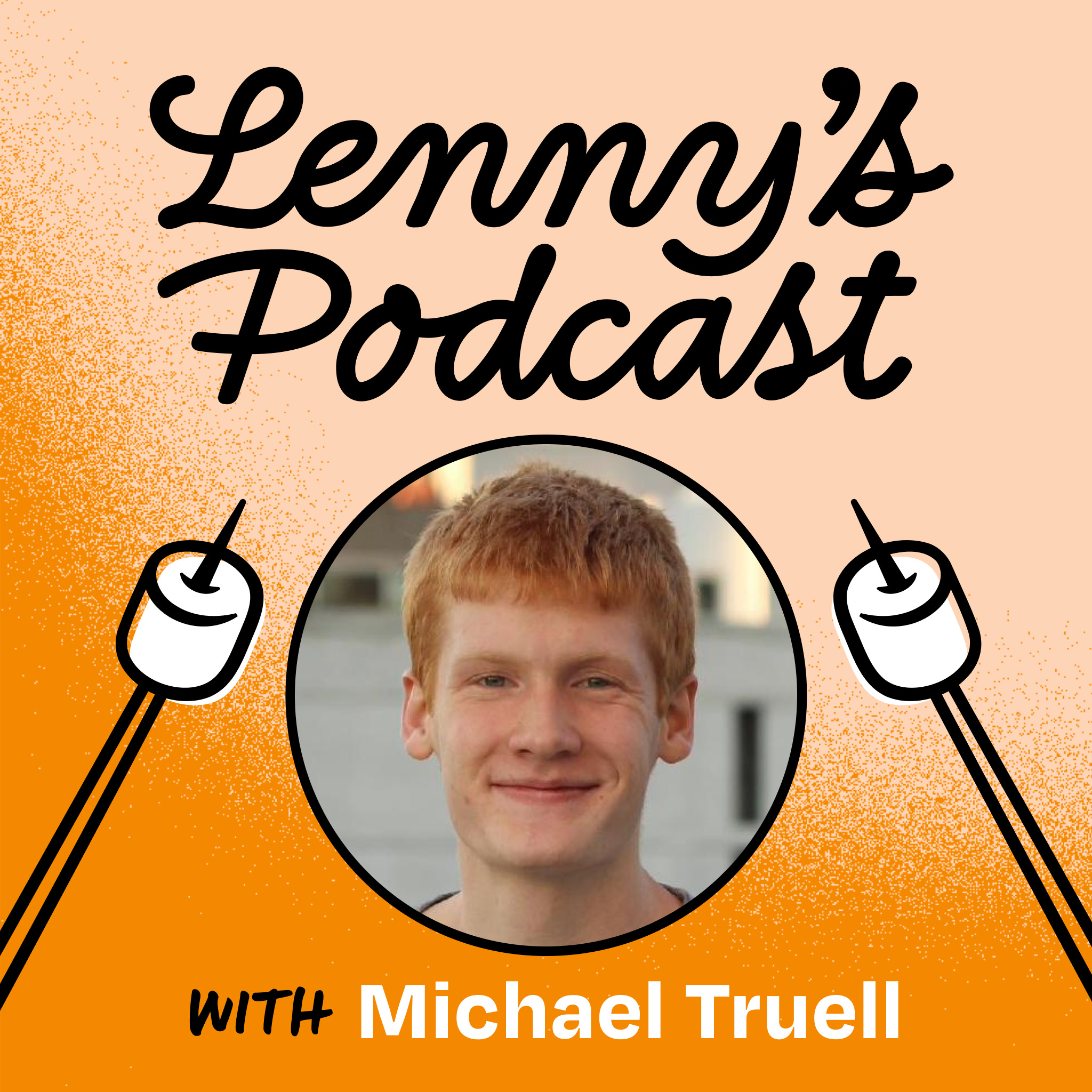
The rise of Cursor: The $300M ARR AI tool that engineers can’t stop using | Michael Truell (co-founder and CEO)
🤖 AI Summary
Overview
This episode features Michael Truell, co-founder and CEO of AnySphere, discussing Cursor, the groundbreaking AI code editor that has reshaped software development. Michael shares insights on the evolution of programming, Cursor's rapid growth to $300M ARR, the importance of taste
in engineering, and the future of AI-driven tools.
Notable Quotes
- Being an engineer will start to feel like being a logic designer. It will be about specifying your intent for how exactly you want everything to work.
– Michael Truell, on the future of programming.
- Every magic moment in Cursor involves a custom model in some way.
– Michael Truell, on the unexpected importance of building proprietary AI models.
- The market for AI coding tools is much bigger than people realize. There will likely be one company that builds the general tool to create almost all the world's software.
– Michael Truell, on the potential for a dominant player in the space.
🚀 The Vision for What Comes After Code
- Cursor aims to redefine programming by moving away from traditional code to a more intent-driven, human-readable approach resembling pseudocode.
- Michael Truell critiques two prevailing visions of the future: one where nothing changes (traditional coding persists) and another where chatbots handle all programming. Cursor envisions a middle ground where engineers retain control but work at a higher level of abstraction.
- Skills like taste
—the ability to define what should be built and how it should work—will become more critical than technical coding expertise.
💡 Lessons from Cursor's Rapid Growth
- Cursor's journey began with a pivot from automating mechanical engineering to coding, inspired by the potential of AI tools like GitHub Copilot.
- The team launched Cursor just three months after writing the first line of code, driven by a build in public
philosophy.
- Growth has been exponential but steady, fueled by relentless product improvement and user feedback.
- A key lesson: hiring too slowly can hinder progress. Early on, the team underestimated the importance of recruiting world-class talent quickly.
🛠️ Building Custom AI Models
- Initially, Cursor planned to rely on existing foundation models like GPT. However, they discovered that custom models were essential for delivering a seamless user experience.
- Proprietary models power Cursor's advanced autocomplete, which predicts multi-file code changes in real time, and optimize interactions with larger foundation models.
- This ensemble of models
approach balances cost, speed, and quality, enabling Cursor to outperform generic AI tools.
🏆 Defensibility and Market Dynamics in AI
- Michael Truell compares the AI coding tools market to the early days of search engines and personal computers, emphasizing the high ceiling for innovation.
- Cursor's defensibility lies in its relentless focus on product quality and its ability to integrate cutting-edge AI advancements.
- While the market is vast, Michael predicts one dominant player will emerge to build the general-purpose tool for software creation.
🧠 Tips for Engineers and Teams Using Cursor
- Break tasks into smaller chunks when working with AI to avoid overwhelming the model and to maintain control over the output.
- Experiment ambitiously in low-stakes environments (e.g., side projects) to understand the model's capabilities and limitations.
- Senior engineers often underestimate AI's potential, while junior engineers may over-rely on it. Both groups benefit from finding a balanced approach.
AI-generated content may not be accurate or complete and should not be relied upon as a sole source of truth.
📋 Episode Description
Michael Truell is the co-founder and CEO of Anysphere, the company behind Cursor—the fastest-growing AI code editor in the world, reaching $300 million in annual recurring revenue just two years after its launch. In this conversation, Michael shares his vision for the future, lessons learned, and advice for preparing for the fast-approaching AI future.
What you’ll learn:
• Cursor's early pivot from automating CAD to automating code
• Michael’s vision for “what comes after code” and how programming will evolve
• Why Cursor built their own custom AI models despite not starting there
• Key lessons from Cursor’s rapid growth
• Why “taste” and logic design will become more valuable engineering skills than technical coding ability
• Why the market for AI coding tools is much larger than people realize—and why there will likely be one dominant winner
• Michael’s advice for engineers and product teams preparing for the AI future
—
Brought to you by:
Eppo—Run reliable, impactful experiments
Vanta—Automate compliance. Simplify security
OneSchema—Import CSV data 10x faster
—
Where to find Michael Truell:
• LinkedIn: https://www.linkedin.com/in/michael-t-5b1bbb122/
• Website: https://mntruell.com/
—
In this episode, we cover:
(00:00) Introduction to Michael Truell and Cursor
(04:20) What comes after code
(08:32) The importance of taste
(12:39) Cursor’s origin story
(18:31) Why they chose to build an IDE
(22:39) Will everyone become engineering managers?
(24:31) How they decided it was time to ship
(26:45) Reflecting on Cursor's success
(32:03) Counterintuitive lessons on building AI products
(34:02) Inside Cursor's stack
(38:42) Defensibility and market dynamics in AI
(46:13) Tips for using Cursor
(51:25) Hiring and building a strong team
(59:10) Staying focused amid rapid AI advancements
(01:02:31) Final thoughts and advice for aspiring AI innovators
—
Referenced:
• Cursor: https://www.cursor.com/
• Microsoft Copilot: https://copilot.microsoft.com/
• Scaling laws for neural language models: http
